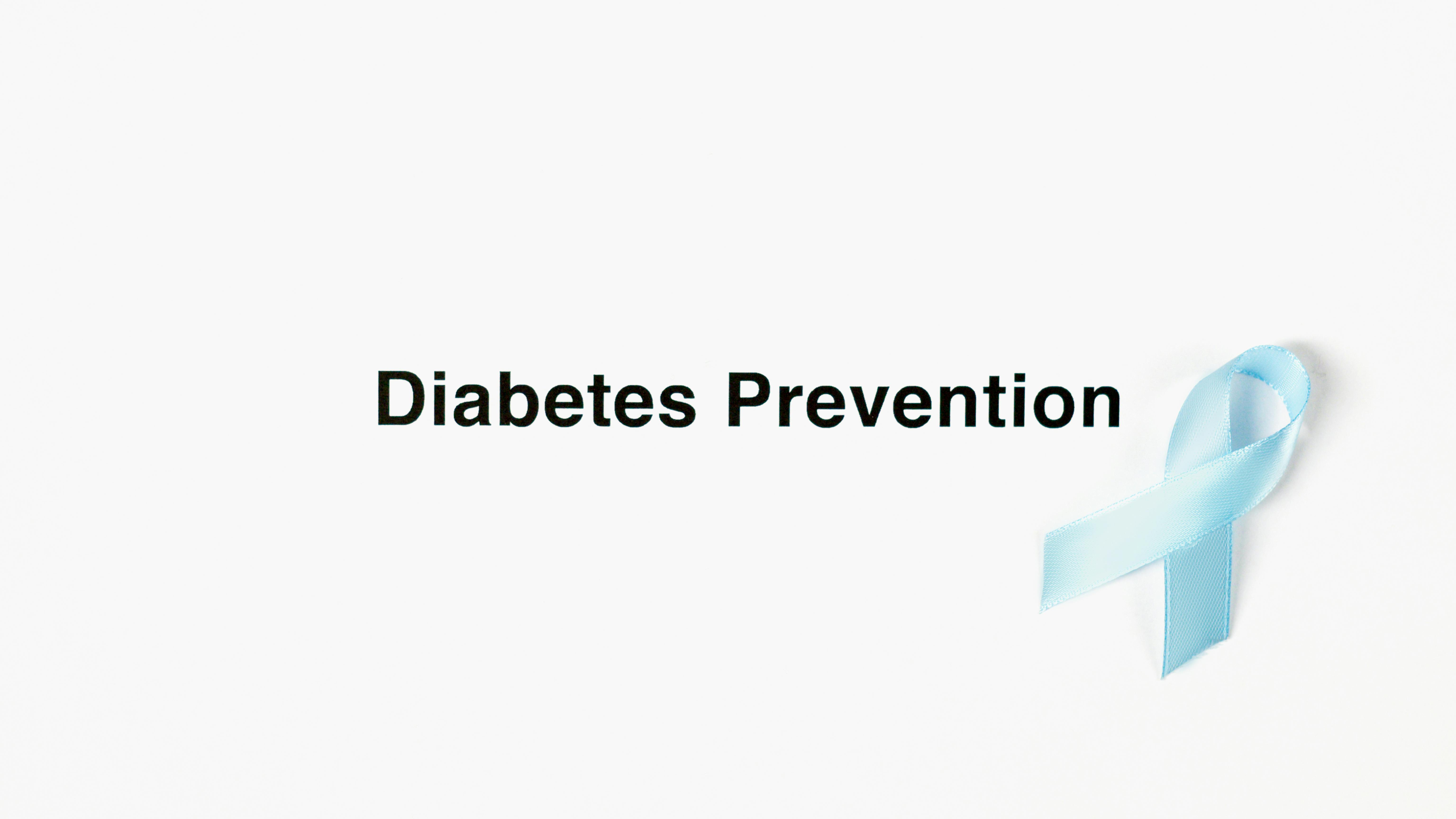
Having the ability to stay focused is a key success factor in real estate investing. I can relate to this in a number of ways when it comes to the real estate boom and bust several years ago.
Around the time I started closing the five faulty investments in early 2005, although I didn’t know at this point that they would be disastrous, I thought it would be wise to diversify my investment product by acquiring small condo units in Las Vegas. My thought process on this matter was that the flip days would not be as abundant as they are right now, and that long-term thinking required that I get something in the hopper in 2005, maintain a medium-term waiting period of twenty years. four to thirty months and dispose of those units to make a profit. The rationale was that buying a condo product worth $ 1,265,000 with an appreciation rate of 10 percent per annum on a two-year hold would yield an additional $ 250,000 to $ 300,000 in appreciation. Given that Las Vegas had an annual appreciation of more than 40 percent in the previous two years, I felt that 10 percent would be a pro forma prudence. And while new home investment opportunities in tranches would slow down in the given markets you had planned to invest in for the next two years after 2005, buying homes without investment at an average cost per unit of $ 110,000 to $ 150,000 generated a great deal of profit. meaning, given a pro forma net profit design estimated at $ 200,000 after closing costs on all nine units.
Furthermore, this strategy acted as a hedge against the inevitable slowdown in investment opportunities. Not that investment opportunities were no more, as they still existed to some extent in 2007, but the scarcity of such deals required a two-pronged investment strategy that would generate significant cash returns, without having to rely solely on transactions. investment as the first tip. and as my only source of bread and butter. In fact, this strategy almost worked, since in December 2006, after only three and a half months of commercialization and almost a year after having closed these nine units, I put under contract the portfolio of condominiums of nine units, as they were. packed. and traded, in escrow for the list price of $ 1,525,000, based on an original acquisition price of $ 1,265,000. On paper, that would be a gross amount of $ 260,000, with net earnings in the range of $ 200,000 to $ 225,000. Luckily, the escrow fell through shortly thereafter, in the first week of January 2007.
Please note that throughout 2006, monetary resources were substantially reduced for me due to the financial burden that four of the five remaining failed investments I had acquired in 2005 were still on the books with mortgage debt servicing. . Two of the four remaining twists were the two Burbank deals. At this point in March 2006, just five months before I put all nine condo units on the market in August 2006, my cash reserves were running low with a quick click.
And even though I had sold five good investments from a developer in Riverside, that brought me at least $ 210,000 in cash reserves at the end of 2006, the five bad investments, four of which I still had on the books, had substantial obligations. of mortgage debt service. they were rapidly depleting reserves, especially given the drag created by the two Burbank houses. To constructively combat this rapid decline, it was approximately October or November 2006 that I closed my Los Angeles office for Potter Equities, which just three months prior to that date had put its portfolio of nine condo units on the market. Unfortunately, and as mentioned above, the condo portfolio went out of escrow four months later, in January 2007. Despite ending my office lease, I also terminated my studio apartment in Pasadena . And to shore up this bloodshed, a $ 110,000 business line of credit was secured. With the cost reduction in a premium, I permanently moved and operated Potter Equities from my second home in Phoenix, Arizona.
What also hurt me in 2005 was the $ 102,000 I set aside to purchase the nine condos. The average down payment was $ 10,000 to $ 15,000 per unit compared to the usual $ 4,000 to $ 5,000 in closing costs that you would normally spend on an acquisition. Also, I was not getting the 95-100 percent LTV financing on these non-owner-occupied condo loans, instead most of the loans had a 10 percent down payment. Part of this shift in leveraged funding was a reflection of the market in late 2005 in terms of funding. At that time, slightly stricter underwriting standards were enacted throughout the mortgage industry. This was a shock to the system, it goes without saying, and was indicative of how I had deviated from the investment model it had created for me, despite the changing capital markets and new LTV parameters. The Flip methodology forced one to leverage with as little money as possible, thus reducing exposure to risk. With $ 102,000 absorbed into acquisition cost over nearly an eight-week period for the nine condo units at the end of 2005, in which the properties were closed and acquired from developers, that was a major blow to cash reserves. . Also, considering that normally during the purchase of a new change of tract, I would spend $ 4,000 to $ 5,000 per deal and in some cases, I would not spend anything at all and in fact reimburse me from $ 2,000 to $ 5,000 at the closing table, the dilemma What I had created was a disaster in the making. This was a classic textbook example of being over-leveraged and unreserved.